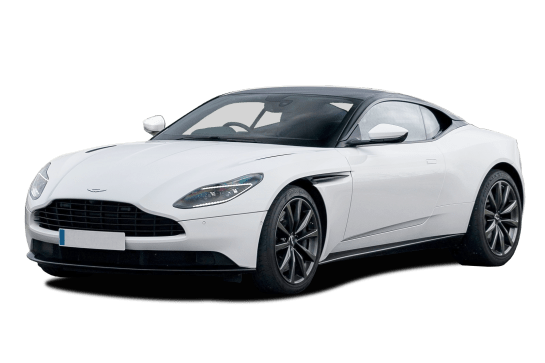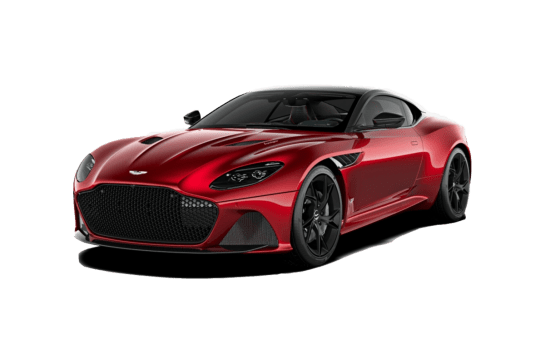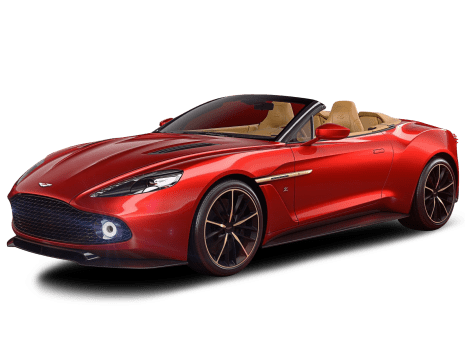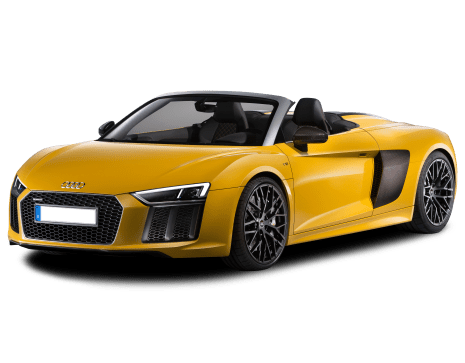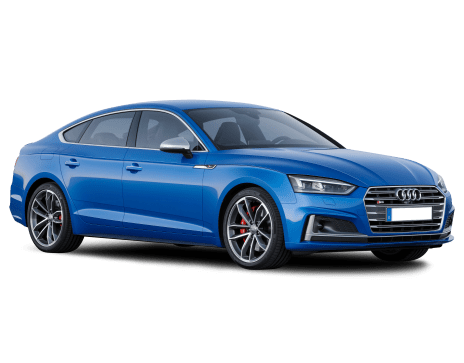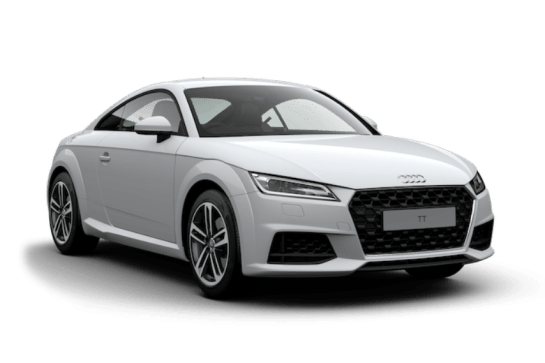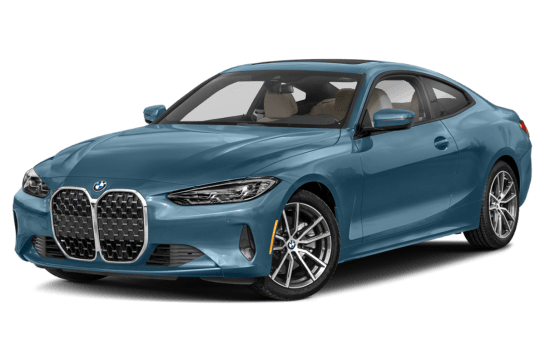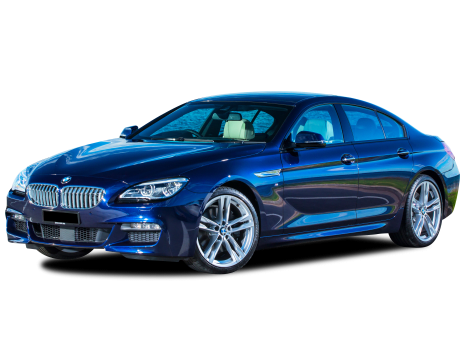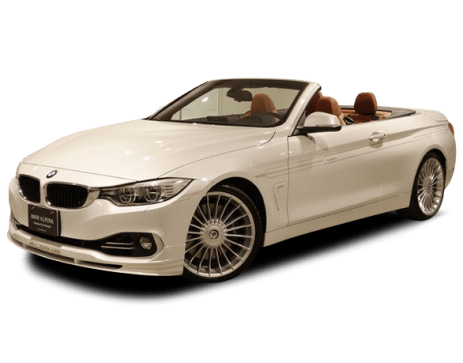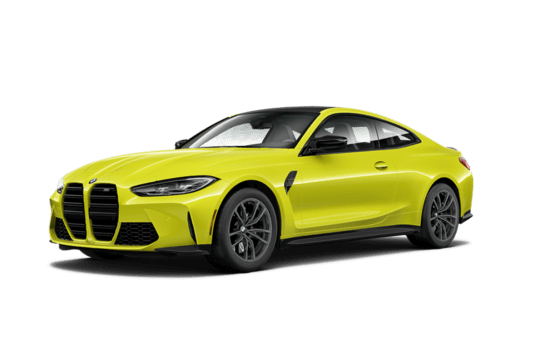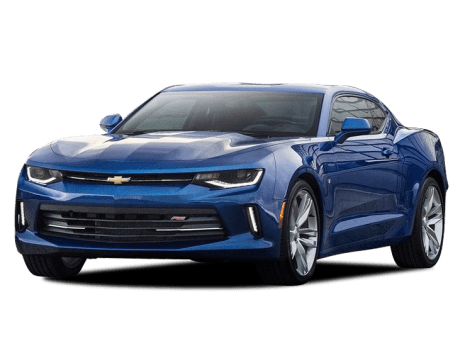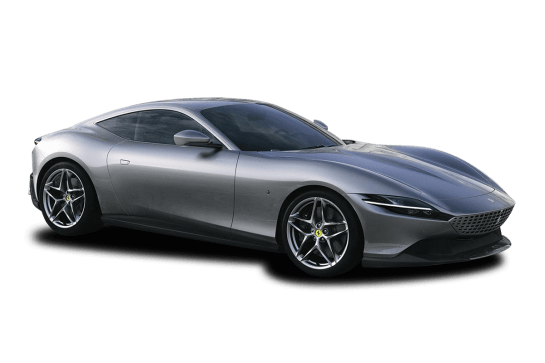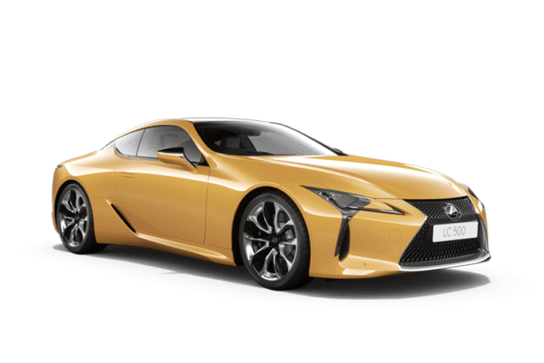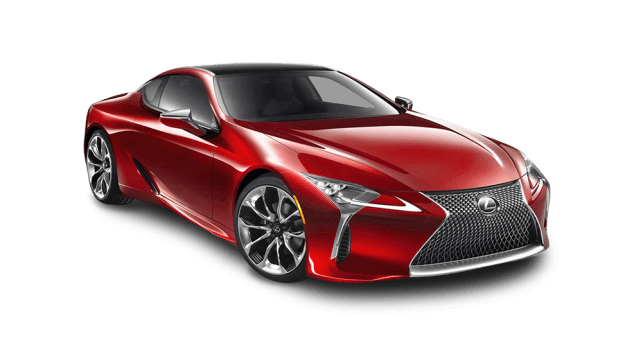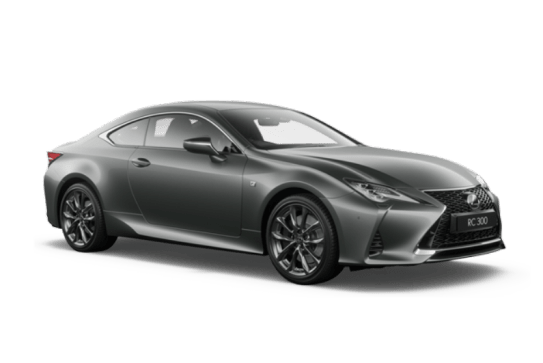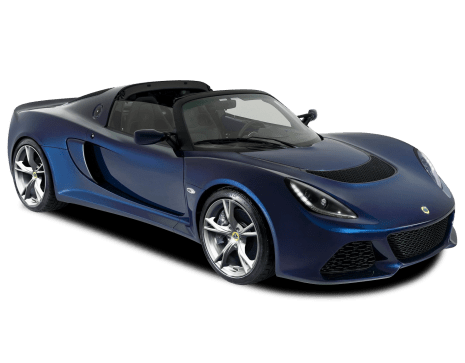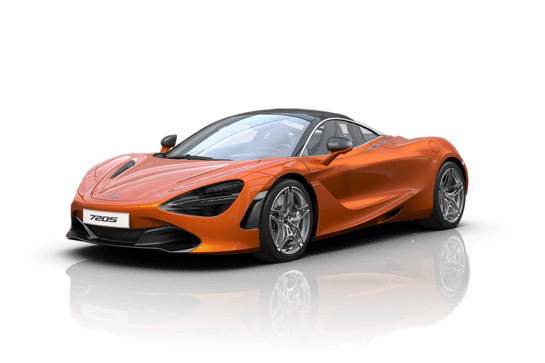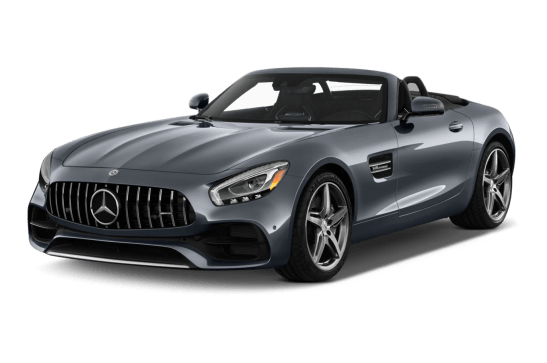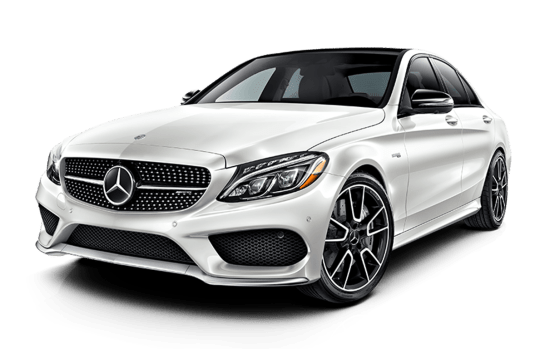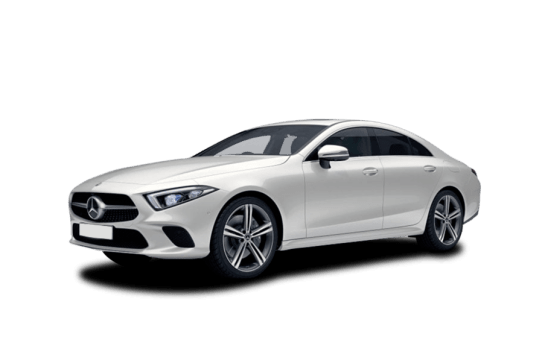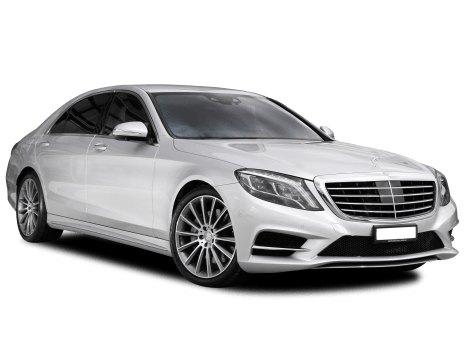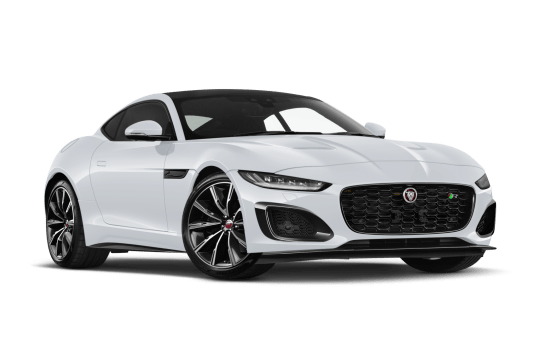
Jaguar F-Type VS Mercedes-Benz E-Class
Jaguar F-Type
Likes
- Tarmac-tearing performance
- Surprising comfort
- Just look at it
Dislikes
- Thirsty
- Short on active safety tech
- Tight entry/egress
Mercedes-Benz E-Class
Likes
- Plenty of kit
- Subtle but stylish
- Cruising comfort
Dislikes
- Only one variant
- Could do with more power
- Price once optioned-up
Summary
Jaguar F-Type
After a long gestation period where a variety of Jaguar corporate overlords toyed with the idea of a successor to the all-time iconic E-Type, the F-Type finally emerged in late 2013 to a global intake of breath.
It managed to capture just the right amount of Jag heritage, folded into a high-tech package, with a simple choice of supercharged V6 and V8 engines, housed in a supremely sleek convertible body.
Over time the formula has become more complex, with the arrival of a coupe version, powerhouse R and full-fat SVR variants, special editions including the exotic Project 7, and more recently, 2.0-litre, turbo four-cylinder models to make this stunning two-seater more accessible.
A late 2019 update added some extra catnip, including a redesigned nose and this is the flagship F-Type R, complete with supercharged V8 power and performance-focused underpinnings. Time to dive into this latest chapter of the Jaguar F-Type story.
| Safety rating | |
|---|---|
| Engine Type | 5.0L |
| Fuel Type | Premium Unleaded Petrol |
| Fuel Efficiency | 11.3L/100km |
| Seating | 2 seats |
Mercedes-Benz E-Class
It might not be as tribal as Ford vs Holden, but there’s a rivalry between BMW and Mercedes-Benz that occasionally becomes more obvious - the launch of the new Mercedes E-Class only months after the BMW 5 Series being one of those times.
But Mercedes has done something different. Instead of multiple variants and electric cars under the E-Class banner, Australia gets just one, the E300.
Read more about
- Electric backflip: Mercedes-Benz bins plans to develop new platform for electric cars - report
- 2024 Mercedes-Benz CLE Coupe: Australian pricing, model line-up and engine options confirmed for new two-door, four-seat Audi S5 and BMW 430i performance luxury competitor
- Top 10 most expensive Mercedes-Benz cars
Is it enough to tackle the big Bavarian sedan in the sales race? We attended the Australian launch just north of Melbourne to find out.
| Safety rating | |
|---|---|
| Engine Type | 2.0L turbo |
| Fuel Type | — |
| Fuel Efficiency | 2.2L/100km |
| Seating | 5 seats |
Verdict
Jaguar F-Type8/10
The Jaguar F-Type R is as fast and capable as it is beautiful. Although it's a little thirsty and comes up short on active safety, it's technically outstanding, delivering a stunning mix of performance, dynamics, and comfort.
Mercedes-Benz E-Class7.6/10
The E-Class is stacked with kit, looks great, and is an effective and comfortable way to get around in built-up areas or across the countryside.
While it’s not the most dynamically engaging - it’s pipped by its Bavarian rival there - it offers more comfort-oriented features than most, and the cabin is a pleasant place to spend a day driving.
If you're disposed towards stumping up the asking price, the extra outlay for the 'Plus Package' will probably be most relevant to you if you’re covering long distances due to the Airmatic suspension.
Otherwise, even a simple-spec E300 provides a step up from what you might expect from an executive sedan.
Note: CarsGuide attended this event as a guest of the manufacturer, with accommodation and meals provided.
Design
Jaguar F-Type9/10
Although it kicked off as a roadster, a coupe version of the F-Type was always part of the plan. In fact, Jaguar's C-X16 concept, that in 2011 previewed the eventual production car, was a hardtop.
Following the Coupe's public reveal at the 2013 Los Angeles motor show, I asked Jaguar's then head of design, Ian Callum, if the bean counters had vetoed the concept's ultra-cool side-opening hatch door; one of many styling hat tips to the E-Type. His response was a wry smile and slow nod of the head.
It's a shame that door didn't make it to the showroom floor, but the E-Type is still a strong design influence on its successor.
At close to 4.5m long, around 1.9m wide, and a fraction over 1.3m tall, the F-Type R looks more compact in the metal than it does in photographs, arguably the hallmark of a successful sports car design.
A long, flowing (front-hinged) bonnet (Jaguar calls its shape 'liquid metal' sculpture) projects forward from a rear-set cabin, with broad but tightly wrapped haunches behind it. The 20-inch, 10-spoke rims (in 'Gloss Black' with diamond-turned finish) fill the wheel arches perfectly.
I'm a huge fan of the tail-light cluster design, subtly reprofiled in the late 2019 update, which echoes the shape of the Series 1 E-Type and other classic Jags, but found it harder to warm to the outgoing F-Type's squarish headlight treatment.
Always a subjective call, but to my eyes this car's slimmer, more feline (LED) eyes and ever-so-slightly larger grille deliver a better front to rear balance. And slender, flush-fitting pop-out exterior door handles remain sub-zero cool.
Our 'Santorini Black' test car had been optioned with the 'Exterior Black Design Pack' ($1820) for an extra hint of menace. It applies body-colour to the front splitter, side sills, and rear diffuser, at the same time blacking out the grille surround, side vents, side window surrounds, rear valance, Jaguar script, F-Type badge and 'Leaper' emblem.
Jaguar describes this two-seater as a '1+1', confirming the F-Type's focus on the driver, and our test car's tan leather interior emphasises the fact.
Tan dash on the passenger side, complete with flying buttress-style grab handle for extra support when g-force starts to build. Contrasted by all black and all business on the driver's side.
A broad centre stack houses the 10-inch multimedia touchscreen, with easy-to-use dials for the climate control system below. And the 12.3-inch reconfigurable hi-def instrument cluster (with graphics unique to the F-type) is a model of clarity and simplicity.
The latter offers a choice of display themes, including full nav map, but the default mode highlights a large central tachometer. Nice.
An impressive design feature carried over from the previous model is deployable front air vents. The dashtop remains flat until a given climate control temperature setting causes an upper section, housing a pair of adjustable vents, to gently rise. Very cool (no pun intended).
Mercedes-Benz E-Class
Evolution rather than revolution is obvious when it comes to the E-Class’ styling, but that’s in Mercedes’ best interests, because it’s still a good-looking thing, and being a bit subtle is warranted in the executive sedan game.
The biggest changes come in the headlights and tail-lights. Up-front there are now more than one million pixels in the LED headlights, which have adaptive high beam as standard and are more connected to the grille via black trim, as has been seen in EQ electric models.
Underneath, the bumper now features an AMG-style 'A-wing' apron as part of the 'AMG Line' exterior package as standard. A set of 20-inch AMG alloys are also included.
To the rear, and the digital tail-lights feature a Mercedes-Benz star motif, making its lighting signature now more recognisable from behind.
The German Rainbow is well-represented with mostly shades of grey, black, or white available, though 'Verde Silver Metallic' is a slightly retro green, and 'Nautic Blue Metallic' is a subtle and classy tone.
The daring ‘Manufaktur’ shade of 'Patagonia Red Metallic' is a $2500 option, as is 'Opalite White Bright' while 'Alpine Grey Solid' is $2900.
Practicality
Jaguar F-Type7/10
If you're intending to daily drive your F-Type R, make sure your yoga fees are up to date, because entry and egress are for the fleet of foot and flexible of limb.
Once inside, though, within the bounds of its two-door coupe format, the F-Type offers an array of storage options, including a decent glove box, centre storage box/armrest, small door bins, a netted pocket on the top of the bulkhead between the seats, and a pair of console cupholders.
{{nid:node}}
Power and connectivity runs to a 12V socket in the dash, with another in the central storage bin, alongside two USB-A ports, and a micro SIM slot.
Notwithstanding the (alloy) space saver plonked on the boot floor, the F-Type Coupe delivers worthwhile cargo space, with 310 litres on offer, rising to 408 with the load cover removed.
That's enough to swallow small (36-litre) and large (95-litre) suitcases together, and there are two (nicely chromed) tie-down anchor, as well as elasticised retaining straps at either end of a small ledge on the bulkhead.
Mercedes-Benz E-Class
Inside, the E-Class should feel familiar to anyone who’s spent time in a recent Benz, though the Superscreen might be the main point of difference. It’s an immediately comfortable place, though, with a relatively visually busy cabin.
The seats and their adjustability mean most drivers and passengers, regardless of height and size, should feel supported (and ideally relaxed), while touch-points are mostly either leather upholstery or digital screens.
The steering wheel, also seen in plenty of other Mercedes models, is a bit of a let-down, however, with its haptic touch pads on a slightly busy two-tier layout. This millennial found it irritating, surely too will the usually older E-Class buyer.
There are a few other small annoyances, one being that the MBUX Assistant sometimes won’t hear a command, or that not everything seems to be able to be controlled by it. The climate control vent positions are electrically adjustable to certain pre-sets through the menu, but the MBUX Assistant isn’t able to do this for you.
And while the driver display and central multimedia screen are fairly user-friendly, it’s not always immediately apparent what the quickest way to find some information or a setting is.
Our test car was fitted with the 'Plus Package', which means four-zone climate control available to the rear seats, which my 180cm-tall self found spacious with plenty of headroom, kneeroom, and even a fair bit of room under the driver’s seat.
Behind the rear seats, there’s a generous 540 litres of boot space, exactly the same capacity as the previous generation E-Class.
Price and features
Jaguar F-Type8/10
It's hard to pin down direct competitors for the $262,936 F-Type R, except one; Porsche's 911 Carrera S, a clear price and performance rival at $274,000.
With a 3.0-litre, twin-turbo 'flat' six producing 331kW/530Nm the 911 is capable of accelerating from 0-100km/h in just 3.7sec, which (surprise, surprise) exactly matches the Jag's claimed performance number.
Cast the net a little wider and you'll snag the likes of Nissan's GT-R Track Edition on the low side ($235,000), and the Mercedes-Benz S 560 Coupe ($326,635) for around $50K above the F-Type's asking price. So, the standard features list needs to be impressive, and long story short, it is.
Drilling down to the depths of detail on this car's equipment spec would need a review of its own, so here's the highlights package.
The 10-inch 'Touch Pro' multimedia screen manages a 380-watt Meridian audio system featuring 10 speakers (including subwoofer), digital radio, dynamic volume control and a 10-channel amp, as well as Apple CarPlay, Android Auto, and Bluetooth connectivity.
It's also the gateway to the car's configurable dynamic set-up, 'Navigation Pro', phone connection, ambient lighting, reversing camera, and a lot more.
Full-grain 'Windsor' leather is applied to the 12-way, electrically-adjustable (plus memory) performance seats. There's also a 12.3-inch customisable digital instrument cluster, cruise control (and speed limiter), keyless entry and start, auto rain-sensing wipers, auto-dimming and power folding heated door mirrors (with memory), a switchable active exhaust, LED headlights, DRLs and tail-lights, as well as an electrically adjustable steering column (with memory), climate control, powered boot lid, 20-inch alloy wheels, racy red brake calipers, and specific 'R' branding on the leather-trimmed sports steering wheel, door tread plates, and centre console.
Mercedes-Benz E-Class
While cross-shopping the E-Class and a BMW 5 Series would normally be relatively easy, the Merc’s $131,500 starting price, before on-road costs, puts it plenty north of the base 520i, the only petrol one available, at $114,900. The electric i5 eDrive40 starts from $155,900, more than $20K over the Mercedes.
But the E-Class is stacked with features as standard, and while there are a couple of option packs, Mercedes Australia has tried to streamline the most popular features and specifications into the E300.
Its $131,500 price gets you a tech-heavy sedan with Merc’s latest 'MBUX' system housed in a visually impressive, if perhaps unnecessary, 'Superscreen' dash.
The dual-screen set-up incorporates a main 14.4-inch central multimedia touchscreen and a 12.3-inch display for the passenger, allowing the driver to keep, for example, a map visible while a passenger sorts out media or comfort settings.
The system is also designed to avoid taking users through sub-menus, though can be bypassed by wireless Android Auto or Apple CarPlay.
It also features a selfie camera mounted to the dash, which is disabled for the Australian market at present. Mercedes-Benz Australia hopes to change this soon.
Mercedes also plans to allow the MBUX system to learn what settings and functions will be most useful to the driver under certain conditions, but currently users are able to manually create so-called ‘Routines’ such as setting the climate control and seats to warm up if it’s below a certain temperature, and can even adjust the ambient lighting to a warmer colour.
More automation comes in the brand’s MBUX ‘Hey Mercedes’ system, which can now respond to commands without the driver needing to say “Hey Mercedes”.
Heated and vented front seats, leather upholstery, wireless phone charging, and a 17-speaker Burmester sound system with Dolby Atmos 4D sound are also standard - the latter being a clever feature that positions different elements of the audio, usually music, to give a 360-degree feeling, as well as turning bassier tones into a physical vibration via “tactile transducers” in each front seat’s backrest. Good for bassline junkies, then (apologies to Mr. Rascal).
With the $9400 'Plus Package', the E-Class also comes with 'Airmatic' suspension and rear-axle steering (which I’ll touch more on later), power-closing doors, 'Urban Guard' to monitor your vehicle while it’s parked, an illuminated grille up front, a more capable version of the MBUX 'Interior Assistant', four-zone climate control and Mercedes’ 'Digital Light' function, which uses the more-than one-million pixels in the headlights to project onto the road or surface in front of you when turning the car off or in driving situations to alert road users of potential danger.
A $6200 'Energising Package' adds multicontour front seats with comfort headrests, upgraded climate controls with 'Air-Balance' and fragrances, upgraded seat heating with armrest heating for the front occupants and heated seats for the rear.
Under the bonnet
Jaguar F-Type9/10
The F-Type R is powered by Jaguar's all-alloy (AJ133) 5.0-litre supercharged V8 engine, featuring direct-injection, variable (intake) cam timing, and an Eaton (Roots-type) blower to produce 423kW (567hp) at 6500rpm, and 700Nm from 3500-5000rpm.
Drive goes to all four wheels via an eight-speed 'Quickshift' automatic transmission and Jaguar's own adaptive AWD system with 'Intelligent Driveline Dynamics' (IDD).
The AWD system is based on an electro-hydraulic multi-plate (wet) clutch, controlled by a centrifugal electro-hydraulic actuator. Default front/rear drive balance is 10/90, although Jaguar claims even a full shift of power from 100 per cent rear to 100 per cent front takes just 165 milliseconds.
The IDD system continuously monitors each wheel's speed and traction, suspension compression, steering angle and braking force, as well as the car's rotational state.
It then uses an algorithm to determine which wheel(s) are likely to lose traction, and before grip is lost, transfer drive to the wheels that can make best use of it.
Mercedes-Benz E-Class
This lone E-Class variant is powered by a turbocharged 2.0-litre engine pumping out 190kW and 400Nm, assisted by a 48-volt battery system. Under EQ boost, an extra 17kW and 205Nm is available for a short time.
It’s hooked up to a nine-speed auto that drives the rear wheels, and it’s all pretty traditional… for 2024, that is.
Mercedes says the E300 is able to hit 100km/h in a respectable 6.3 seconds.
Efficiency
Jaguar F-Type7/10
Claimed fuel economy for the combined (ADR 81/02 - urban, extra-urban) cycle is 11.3L/100km, the F-Type R emitting 269g/km of CO2 in the process.
Despite the standard auto stop/start function, over close to 350km of city, suburban, and freeway running we recorded a (dash-indicated) average of 16.1L/100km.
That's a solid drinking habit, but it kind of goes with this performance territory, and we did lean into the throttle on a regular basis.
Recommended fuel is 95 RON premium unleaded, and you'll need 70 litres of it to fill the tank. That equates to a range of 619km in line with the factory claim, and 434km using our real-world number as a guide.
Mercedes-Benz E-Class
Mercedes claims the E-Class drinks 7.2L/100km on the combined cycle, and though we weren’t able to test that properly at the pump on the launch program, the trip computer showed up to 9.4L/100km after some quite spirited driving, which gradually averaged out to about 8.6L/100km in the afternoon once some more calm, E-Class-appropriate distance had been covered.
With its 50L fuel tank, the E-Class should theoretically be able to cover 694km on a single tank if the 7.2L/100km is achieved, though realistically it would be much less, 550-600km depending on driving style.
Driving
Jaguar F-Type9/10
Yep, no surprise, the 2021 Jaguar F-Type R is a proper, rip-snorting, beast of a machine. Weighing in at just over 1.7 tonnes, with 423kW/700Nm to propel it forward, in terms of straight line acceleration, it's every bit the scalded cat.
Bury the right foot and it will storm from 0-100km/h in just 3.7 seconds, with furious aural accompaniment courtesy of the 4.0-litre supercharged V8 and sports exhaust system. Electrically-actuated bypass valves in the latter's rear silencer remain closed until they automatically open under load, and boy, do they open up.
Prospective F-Type R owners wishing to remain on good terms with their neighbours will be pleased to know there's a 'Quiet Start function', but once you're a few blocks clear the engine is capable of alerting the entire suburb to you presence, complete with raucous crackles and pops on the overrun.
All 700Nm of maximum torque is available from 3500rpm through to 5000rpm, and mid-range thrust is ferocious. If you have access to a long enough private road Jaguar claims this car will storm on to a (electronically-limited!) maximum velocity of 300km/h.
The eight-speed auto transmission has picked up several tweaks courtesy of the XE-based SV Project 8, and it's brilliant. A conventional torque-converter based unit, rather than a dual-clutch, it's dubbed 'Quickshift', and that it does. Manual flicks between ratios, using the wheel-mounted paddles, are rapid and positive.
Head for your favourite B-road, and it's the F-Type R's ability to put every bit of its power down, without fuss, that impresses next. Push into a series of tight corners and the car grips, settles, and simply surges from one bend to the next, the tricky AWD system seamlessly shuffling torque between the axles and individual wheels.
The standard electronic active diff, and torque vectoring (by braking) also help keep everything under control, turning backroad tryhards into apex hunting virtuosos.
Suspension is by (aluminium) double wishbones front and rear, with revised springs and anti-roll bars added in the 2019 upgrade. Continuously-variable dampers underpin the 'Adaptive Dynamics' system, learning your style and adjusting accordingly.
The electrically-assisted power steering combines great road feel with satisfying accuracy, and the car feels balanced yet agile and responsive in enthusiastic driving.
In a more relaxed mode the adaptive set-up detects rough road conditions and adjusts the suspension settings for greater ride comfort. According to Jaguar, the damper valves and control algorithms have been recalibrated to improve low-speed comfort and high-speed control, and I can vouch for their effectiveness.
Not long after steering this F-Type R I spent some time in the supercharged V6 F-Type P380 R-Dynamic, and this R is far more compliant.
Rubber is a specially-developed Pirelli P Zero (265/35 fr - 305/30 rr), and the supremely efficient brakes are ventilated 380mm at the front, and 376mm rear.
Mercedes-Benz E-Class
While the E-Class has taken fairly sizeable steps in terms of its tech, it remains a fairly traditional car from behind the wheel, save for a few small changes like its mild-hybrid system and rear-wheel steering.
It’s still a petrol-powered rear-drive sedan, and it feels built more for eating up highway kilometres than it does tackling twisty turns. But that’s okay, because it will still do the latter.
Comfort is the main focus, clearly, for the E300, and the big Merc does it well. We weren’t offered a car without Airmatic air suspension on the launch, but the E-Class doesn’t seem like it would be particularly rough without it.
With it, however, large bumps and minor road annoyances only make their way into the cabin in the sense that you’re aware of them, but not bothered by them.
That slight dulling of feedback does extend to the steering wheel however, where, despite the rear-wheel steering making the car more nimble, the feedback to the driver is less encouraging of eager driving.
While 190kW on paper doesn’t seem like enough, the E-Class makes do with its meagre engine quite well - and even though it can seem like it’s working a bit too hard at times, the E-Class’ natural state isn’t responding to a planted foot, so it’s unlikely to be a daily bother.
Engine noise, as well as wind and road noise are suitably dulled by the E300’s NVH fitout, too.
The tuning of its drive modes, in particular Comfort and Sport, seemed well-judged on our drive loop, with the option to set the 'Individual' mode to a custom configuration, most elements in Comfort while the drivetrain is set to Sport is particularly helpful when on gentle, high-speed country roads.
If you do start to approach the limits of the big sedan’s capability, it’ll let you know fairly early on. The heavy E-Class isn’t prone to sudden lurching or poor handling, and isn’t much phased by mid-corner bumps.
It’s not as dynamically engaging as some rivals, particularly the 5 Series, but it does appear to be a better provider of cross-country comfort.
Safety
Jaguar F-Type7/10
The F-Type hasn't been assessed by ANCAP, but as well as the usual active safety suspects like ABS, EBD, traction and dynamic stability controls, the R features an AEB system operating at speeds above five km/h, Vehicle detection is in place at speeds of up to 80km/h, and pedestrian detection up to 60km/h.
The AWD system facilitates specific 'Rain', 'Ice', and 'Snow' modes, plus there's active high-beam, lane keep assist, a reversing camera, as well as front and rear parking sensors, and a 'Driver Condition Monitor.'
But cross-traffic alert (front or rear) is missing-in-action, blind spot assist is an option ($900), as is park assist ($700), and tyre pressure monitoring ($700). Any car that's crested the $250K barrier should have all of these as standard.
If an impact's unavoidable there are six airbags (front, side, and curtain). But remember, the front passenger seat is a no-go zone for a rear-facing child restraint. And Jaguar says, "A child should only travel in the front passenger seat if it is essential and national or state legislation permits it."
Mercedes-Benz E-Class
ANCAP hasn’t had a go at crash-testing the E-Class yet, and it might not given the relatively small number that will be sold here compared to volume models, but Mercedes’ track record with safety is pretty stellar, and it’s extremely rare for a Mercedes to not cop the maximum five stars.
In the new E300 there are 11 airbags - plenty for a sedan. Mercedes lists front airbags, knee bags and pelvic/thorax airbags for the driver and front passenger, side bags for the rear and a front centre airbag.
It also comes with a fairly extensive suite of safety tech, including the usual ABS, lane-keep assist, blind spot monitoring and surround-view parking cameras.
But on top of that, there’s also ‘Evasive Steering Assist’, semi-automated cruise control with sign recognition, distance assist for following leading vehicles and can even project light arrows onto the road if leaving your lane, when 'Digital Lights' are optioned.
The E-Class also has a function if an imminent collision is detected in which it can, depending on the type of collision, take occupant protection measures. In the case of a side-on collision, the E-Class can “move an affected front occupant towards the centre of the car” before impact.
Ownership
Jaguar F-Type8/10
Jaguar covers its Australian new car range with a three-year/100,000km warranty, which looks particularly stingy next to the mainstream market norm of five years/unlimited km, and lags other premium players like Mercedes-Benz and Genesis, both sitting at five years/unlimited km.
On the plus side, paint and corrosion (perforation) are warranted for three years, and roadside assistance is complimentary for 12 months.
And on the big plus side, scheduled servicing for the F-Type (determined by an on-board service interval indicator) is free-of-charge for five years/130,000km.
Mercedes-Benz E-Class
The E-Class comes with Mercedes’ fairly industry standard five-year, unlimited kilometre warranty, though Mercedes-Benz Australia was unable to confirm exact servicing pricing on the launch.
It does however list pricing for the E-Class on its website for a three-service pack at $3325, four at $4535, and five at $6800, the latter averaging out to $1360 each.
This could increase with the new generation car, and Mercedes doesn’t list estimated serving pricing for new E-Classes yet in its booking system (I checked with one of the test cars).
Servicing intervals are every 12 months or 25,000km, whichever comes first.
